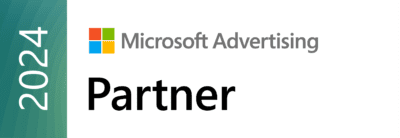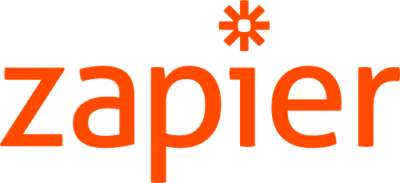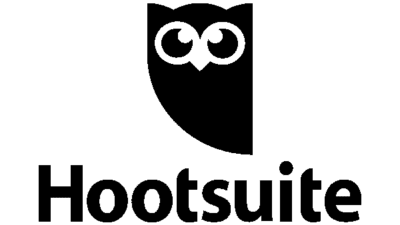6/18/2020 UPDATE: COVID-19 and the EDU Digital Media Landscape
A follow-up to to our May 14 and April 10 blogs that outline the effects quarantine has had on digital media consumption in the EDU sector’s target audience. Check out our LinkedIn and Facebook pages for updates as we collaborate in navigating these adverse times.
How to Craft EDU Messaging for Moving Targets
As messaging quickly becomes one of the most important variables in today’s digital media landscape, we emphasize the importance of tracking your target audiences along the ebb and flow of updates in current events. Just last week, the WHO announced that the coronavirus isn’t as highly transmittable as previously stated – and whether that’s the case or not, the only certain, short-term outcome is confusion amongst the general public.
One of Two Scenarios
This, or anything else 2020 brings, could lead media consumption patterns into one of two likely scenarios. In the first of which, we’ll see cases decline, public confidence increase, and life decisions like college enrollments will start to occur more frequently. In the other potential outcome, we’ll see regions reenter quarantine as the first spike, or wave, in COVID cases hits, prompting less-committal traffic and significant increases in social and display traffic – much like we saw in March and April. It may sound easy enough to plan for both scenarios, but where do your individual target audiences stand in each of these scenarios?
Recent high school graduates are experiencing a transition summer unlike anything for which they could have prepared. The same goes for their foray into higher education – both student and institution are constantly weighing what they can or should do, amongst other cautions. Additionally, due to the same circumstances, our nation is experiencing record-high unemployment rates and an evolution in unemployment itself. Citizens who have lost their jobs no longer have the opportunities for entry level and minimum wage jobs that they may have just earlier this year; they must consider job security in essential fields. And for those choosing to get an education first, they must consider what programs place into those essential jobs.
Adapting Your Creative Strategy
So, what does that mean for your channel-mix? Audience segmentation is a much easier task in the second of the aforementioned outcomes. If your demographics are under stay-at-home orders, your ability to target different groups via display and retargeting is far greater than the control you have over the search market. To use social media as an example in this situation, make sure you’re running competing campaigns that target different silos of your audience. From there, you could add additional creative speaking directly to one segment or another, but with an advanced campaign/ad set structure, you’ll be able to optimize based on segment performance whether creative is an independent or dependent variable.
For tactics like paid search and organic media, you might consider generalizing your message so that it speaks to a larger umbrella of audiences. This is where recent evolutions in the EDU search market come into play. As the term ‘essential jobs’ continues to trend in significance, we see users expanding the sales funnel into search queries such as “what is career education?”. With a growing audience and new investigative searches to target, it might also make sense to speak directly to these relevant, essential jobs within the ad copy itself.
Key Takeaways:
1) Connect with your audience through empathy. When it comes to today’s prospective students, it’s hard to relate with their situation. Emphasize the core principles on which the foundation for career education was built and highlight it’s growing significance in today’s world.
2) Develop content to properly inform potential students. This educational piece of the enrollment process is now far more demanding – prepare your content to address and answer any questions a prospective student might have.
3) Speak directly to your programs placing into essential jobs that are in demand. Highlight and lead with information surrounding short-term programs, job placement, subsequent job demand, etc.
Spend the Time Now for Future Applications
By taking the age-old approach of working smarter and not harder, you’ll be prepared for a variety of possible outcomes (no matter how daunting the moving target may be). Keep in mind that when it comes to preparing creative for the multiple phases of lockdown and reopening, you’re setting yourself up for the duration of the pandemic – putting in the work now so future changes can be as simple as pausing and unpausing campaign elements. In the words of NCAA Basketball coaching legend, John Wooden; “when opportunity comes, it’s too late to prepare.”
Recent Posts
- Diversifying Enrollment: Strategies for Attracting a Wide Range of Students to Private Postsecondary Institutions September 14, 2023
- XR and the Transformation of Online Education August 24, 2023
- Key Takeaways From the 2023 State of Social Media Report July 25, 2023
- SEO: Why It Stays Important and How to Get Key Decision Makers Onboard June 22, 2023
- Revolutionizing Content Generation: Harnessing AI June 9, 2023










